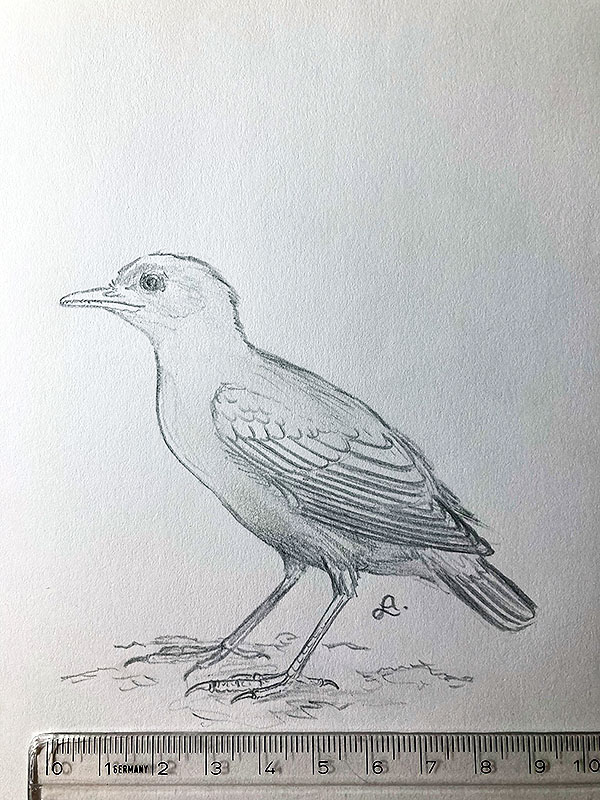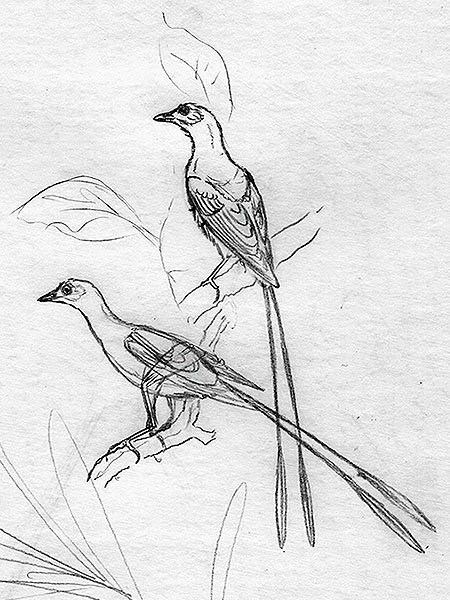… just having been described from the Early Cretaceous Crato Formation in Brazil.:

This was a member of the Euornithes, which include all living birds, yet it does not belong to any of the living bird groups of course; it is the oldest member of that group known from South America (older ones were found in China).
The bird is known only from a single right foot that lacks some of its bones; the fossil also contains some feathers which indeed may belong to the bird. [1]
*********************
References:
[1] Ismar de Souza Carvalho; Federico L. Agnolin; Sebastián Rozadilla; Fernando E. Novas; José A. Ferreira Gomes Andrade; José Xavier-Neto: A new ornithuromorph bird from the Lower Cretaceous of South America. Journal of Vertebrate Paleontology doi: 10.1080/02724634.2021.1988623. 2021
*********************
edited: 14.11.2021


